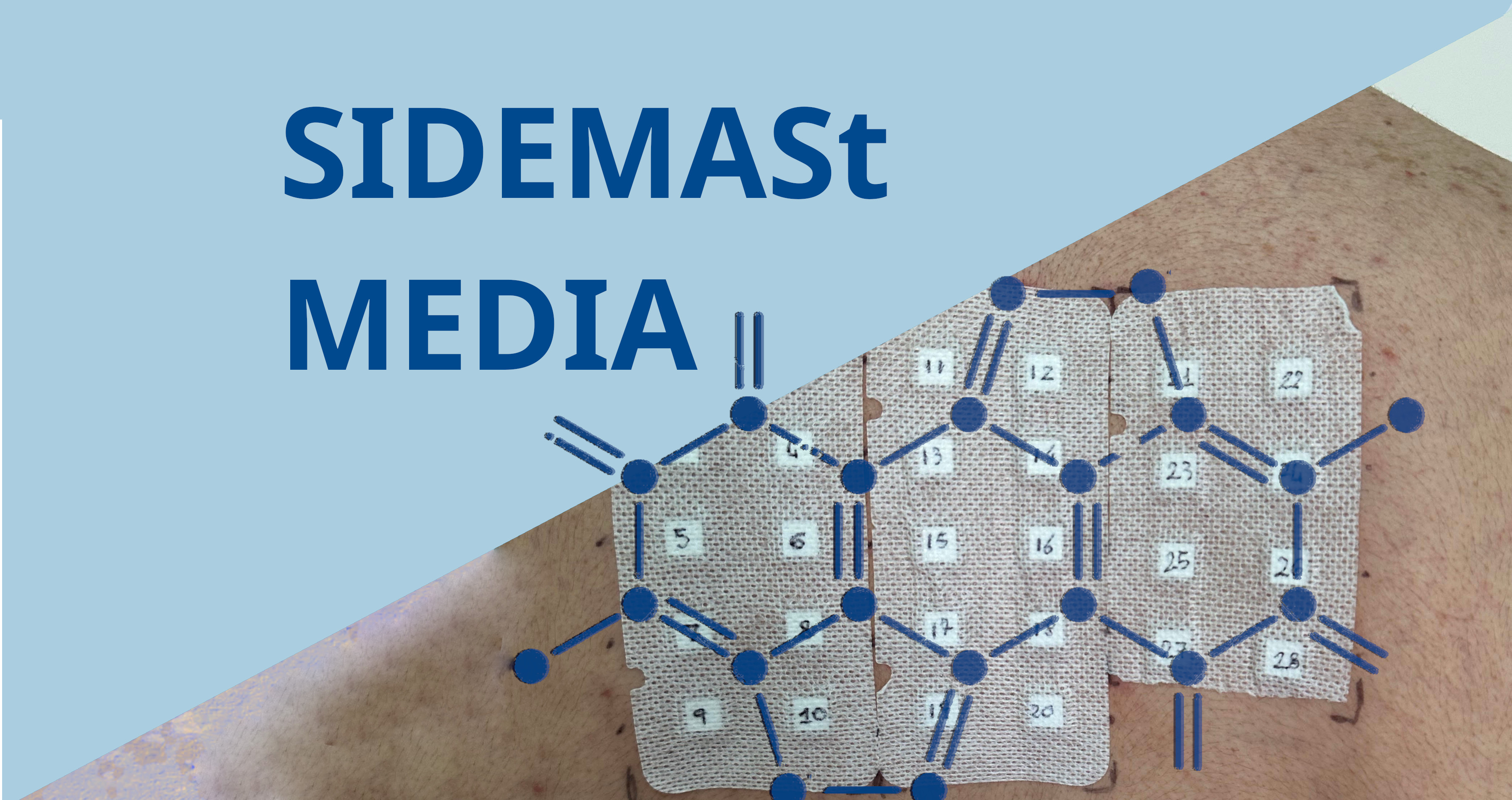Among uveal melanomas categorised as class 1, those with high levels of the biomarker PRAME mRNA were more likely to metastasise than those with low levels of PRAME mRNA, indicating that patients with this biomarker be monitored more closely for metastatic disease, according to a study published in the journal Clinical Cancer Research.
The estimated 5-year rate of metastasis was 0% for PRAME mRNA-low class 1 uveal melanomas and 38% for PRAME mRNA-high class 1 uveal melanomas.
Uveal melanomas are categorised into class 1 and class 2 tumours by gene expression profiling. Class 1 tumours have a much lower chance of metastasising than class 2 tumours.
"However, about 10% of patients with class 1 uveal melanoma do develop metastasis," said J. William Harbour, MD, Eye Cancer Site Disease Group at Sylvester Comprehensive Cancer Center, Miami, Florida. "The main purpose of this study was to identify a clinically useful biomarker for this subgroup of class 1 uveal melanomas, which in turn might help in the development of precision medicines for melanoma patients."
"We were surprised to find that one biomarker alone -- PRAME -- was sufficient to identify the subgroup of class 1 tumours with increased metastatic risk," he said. "These findings could have immediate clinical impact. The data imply that patients with class 1 uveal melanomas with increased PRAME expression should be managed differently than patients with class 1 uveal melanomas without PRAME expression. They should be monitored more closely for metastatic disease and they should be considered for clinical trials of adjuvant therapy."
The researchers performed genome-wide analysis of mRNA isolated from 5 class 1 uveal melanomas that metastasised and 8 class 1 tumours that did not metastasise. The most highly overexpressed mRNA in the tumours that metastasised was PRAME. Further analysis of PRAME mRNA levels showed that 7 of 7 class 1 tumours that metastasised had high levels of PRAME mRNA and that 16 of 19 class 1 tumours that did not metastasise had minimal levels of PRAME mRNA.
Among 64 class 1 uveal melanoma samples, 39 (61%) had low levels of PRAME mRNA (PRAME negative) and 25 (39%) had high levels of PRAME mRNA (PRAME positive). None of the patients with PRAME-negative tumours developed metastasis while 7 of the patients with PRAME-positive tumours did.
To validate the association between high levels of PRAME mRNA and metastasis for class 1 uveal melanomas, the researchers analysed 2 additional datasets. The first was a combination of 2 independently published datasets and the second was a dataset from Leiden University, Leiden, the Netherlands. In both these datasets, PRAME-positive tumours had a significantly increased risk for metastasis compared with PRAME-negative tumours.









